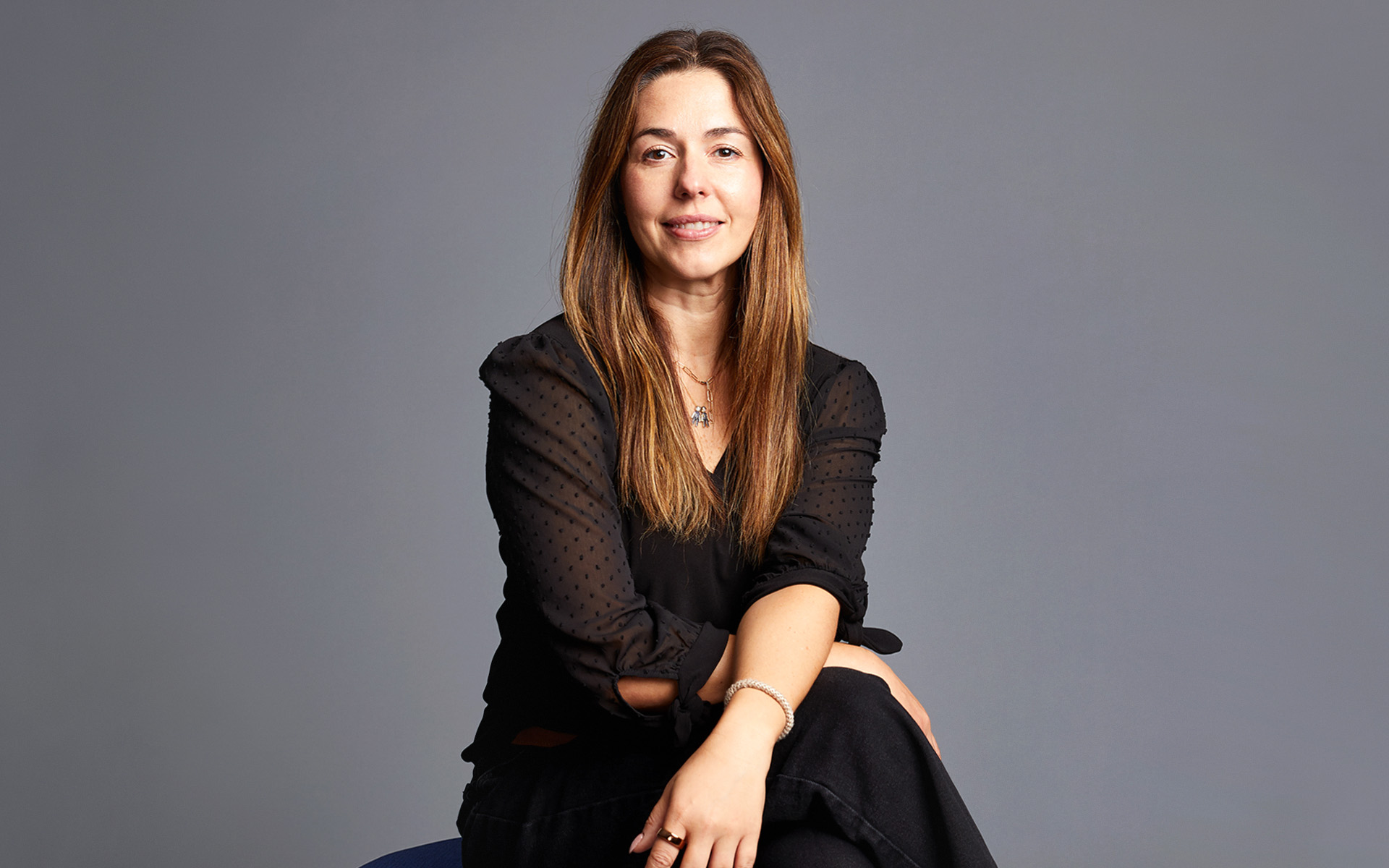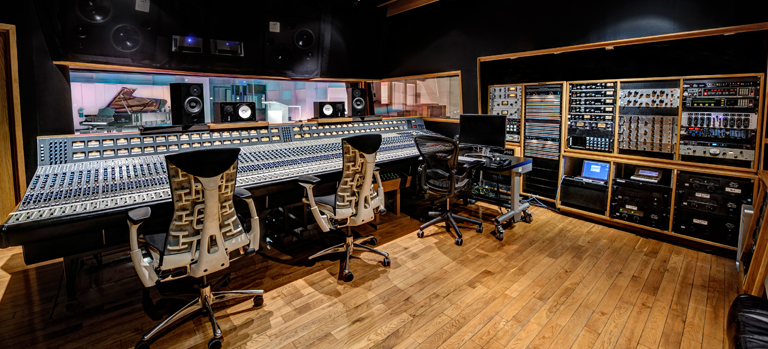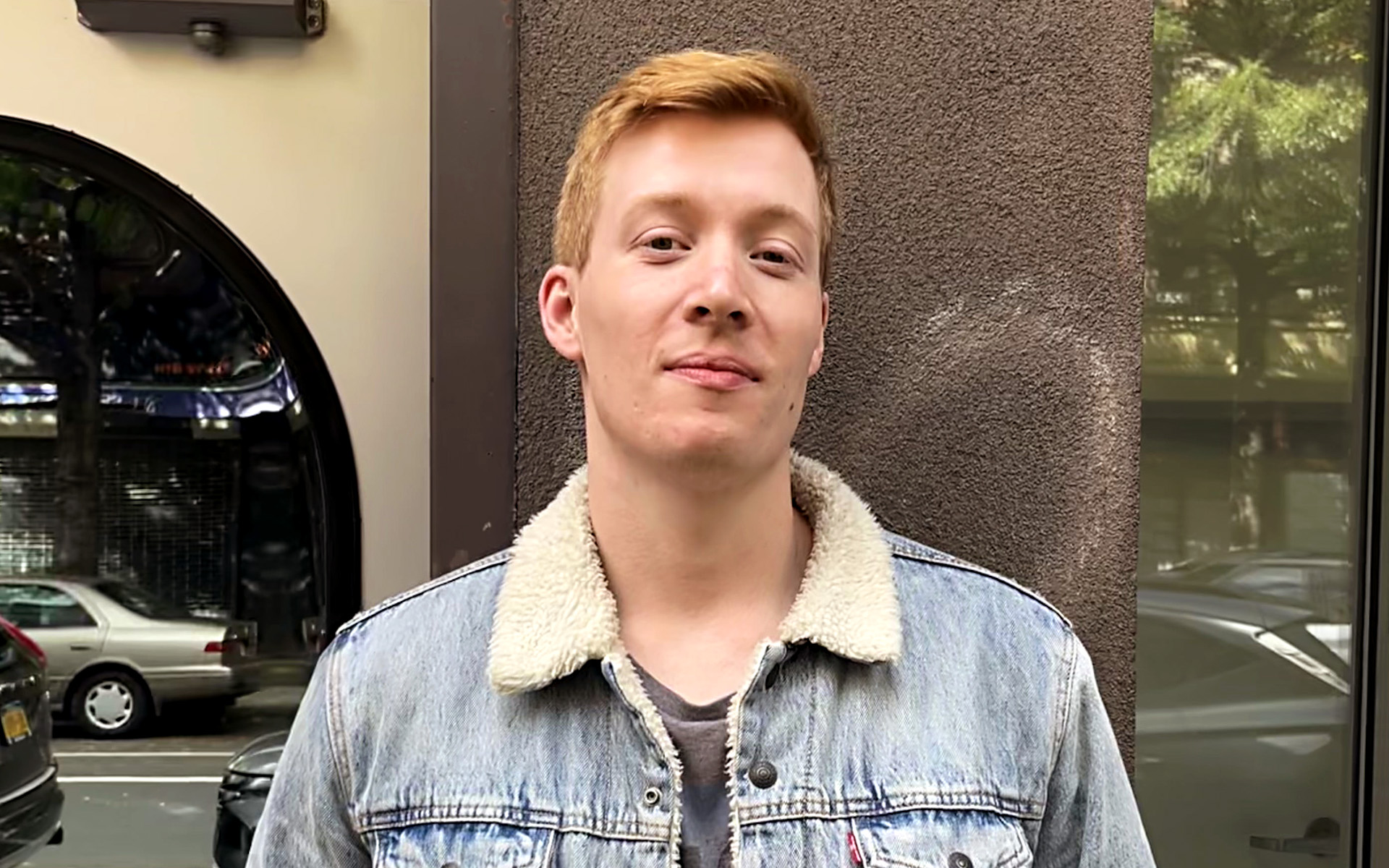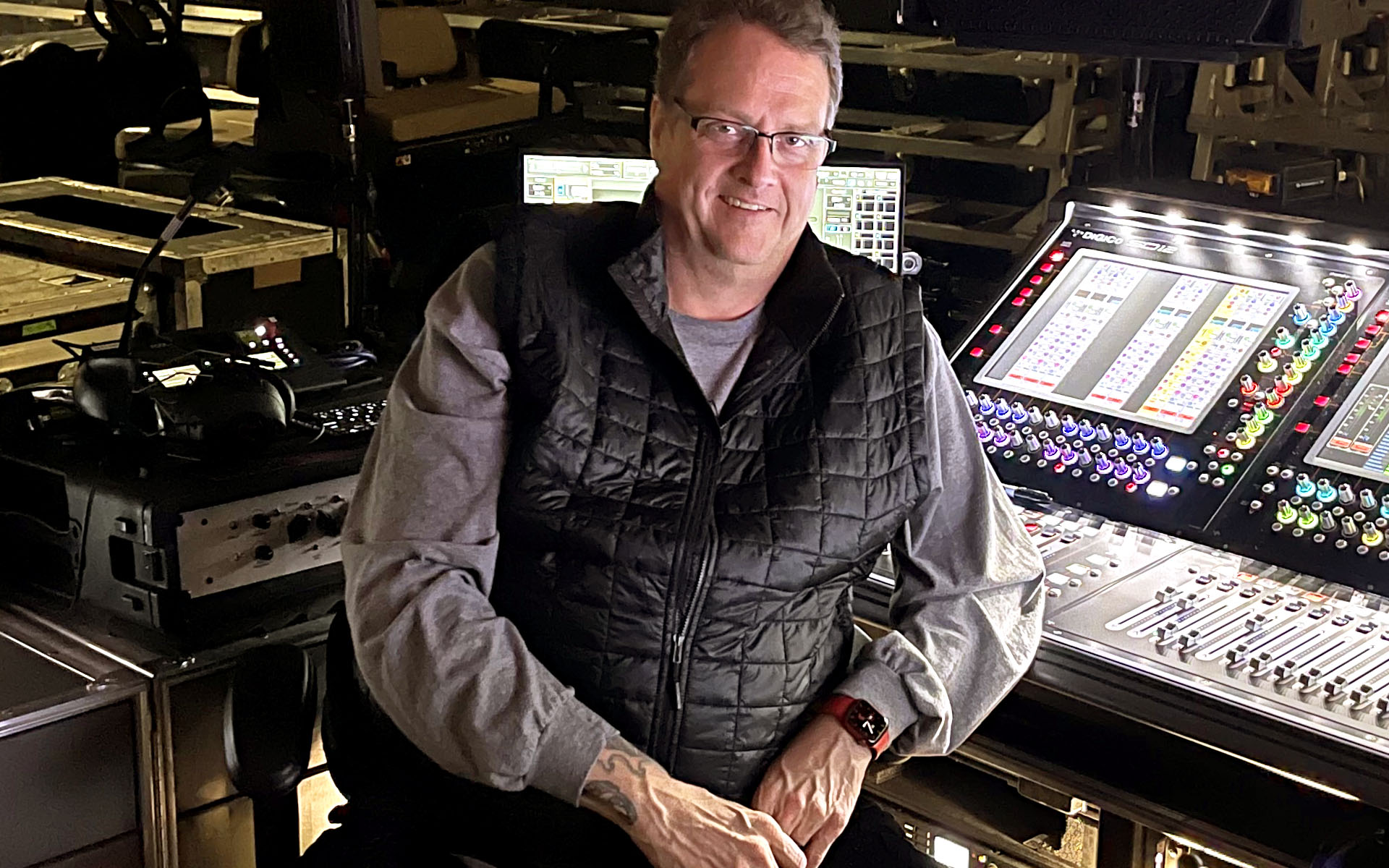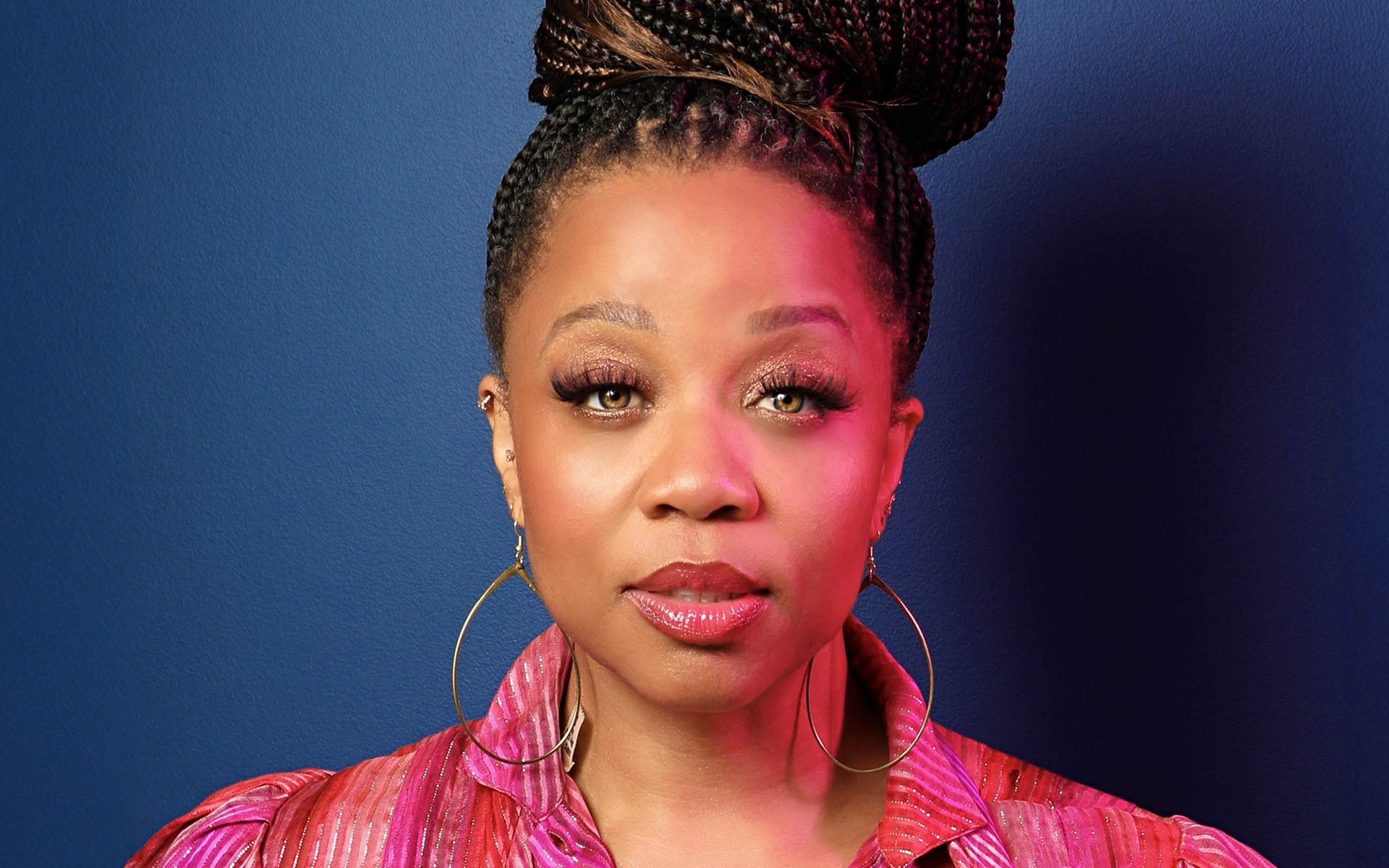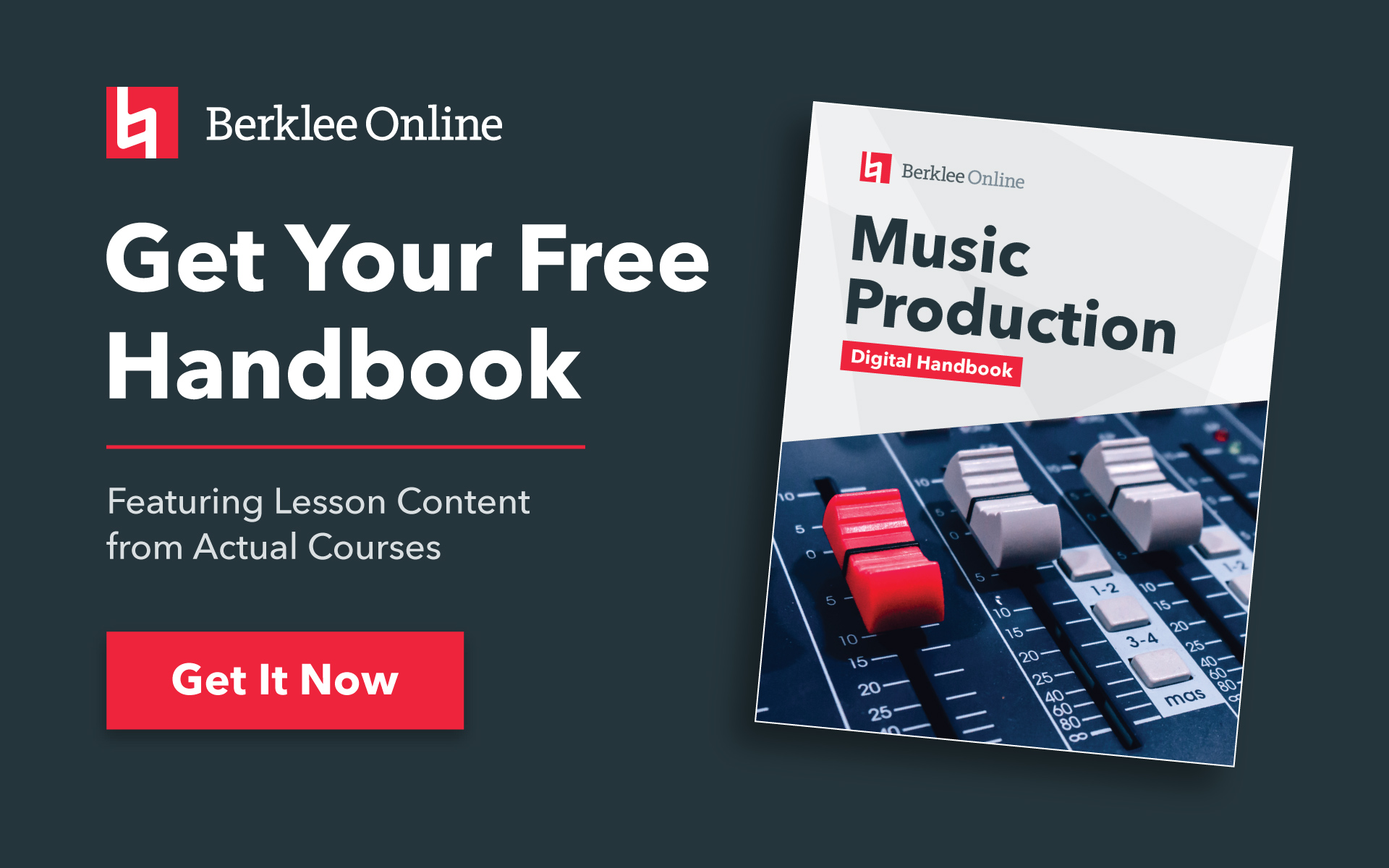If you ever have the opportunity to visit a major recording studio, someplace where the history of recording was written, such as Abbey Road Studios in London or Fantasy Studios in Berkeley, California, take it. In today’s age of the home studio equipped with a laptop that can perform most of your recording and music production needs it’s great to see where it all started. Learning a little bit about how recording was done in a traditional studio setting helps you to appreciate what you have on hand in your own home studio, and enhances your understanding of why your DAW program operates the way it does.
TAKE A BERKLEE ONLINE COURSE WITH ERIK HAWK!
Standing in front of an enormous, vintage mixing console (for example, a Neve, SSL, or a Trident) and seeing all those faders and knobs, looking at racks of physical outboard gear, realizing that there are actual rooms in the building that function as dedicated reverb chambers (also called, echo chambers), hearing the room tone of a tuned live recording space, and playing a Steinway grand piano. No software can compare to the real thing, of being inside a historic recording studio where the notes of brilliant music performances past permeate the walls. It’s a spiritual experience.
Recently, I along with two other Berklee Online instructors, David Franz and Mehdi Hassine, had the opportunity to tour EastWest Studios in Hollywood. Not only is EastWest the location of countless historic recordings—Frank Sinatra, Elvis, The Beach Boys, Michael Jackson, Madonna, just to name a few—it’s also where the amazing EastWest Sounds libraries are recorded. (EastWest regularly offers their fantastic sound libraries to Berklee students at a discount.) It was fantastic to soak up this environment and to hear about the history of the rooms from the very knowledgeable and personable Studio Manager, Candace Stewart. I wish I could take all my music production students on a tour of EastWest Studios. Well, it’s not exactly the same thing, but here’s a home movie of our tour. I’ve produced two versions, a short version that’s about four minutes long, and a full length version that’s about ten minutes if you want to get a better feel of the entire studio facility. Hope you enjoy the tour and history lesson.
Short Tour:
Long Tour:
STUDY MUSIC PRODUCTION WITH BERKLEE ONLINE

